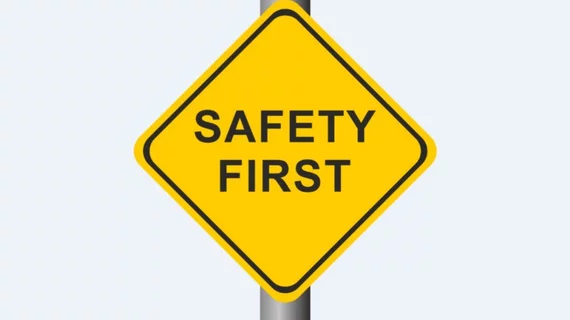ASTRO shares updated reference guide for safety during radiation therapy treatment
The American Society for Radiation Oncology (ASTRO) has updated its reference guide for patient safety and high-quality care during radiation therapy treatment.
The document, Safety is No Accident: A Framework for Quality Radiation Oncology and Care, is available on ASTRO’s website. It was written by specialists from the areas of radiation oncology, medical physics and dosimetry, and has been endorsed by the American Association of Medical Dosimetrists, American Board of Radiology, American College of Radiology and other industry groups.
“Patient safety is a central tenet of radiation oncology practice, and it is especially important as major advances in treatment planning and delivery increase the complexity of cancer care,” Paul Harari, MD, chair of the ASTRO Board of Directors, said in a prepared statement. “Safety is No Accident includes essential guidance for radiation therapy clinics to promote a safe environment for the life-saving treatments they deliver to patients.”
This is the first update of ASTRO’s reference guide since 2012. The society also operates RO-ILS: Radiation Oncology Incident Learning System, a radiation oncology incident learning system, and APEx, a facility accreditation program that emphasizes quality improvement.

